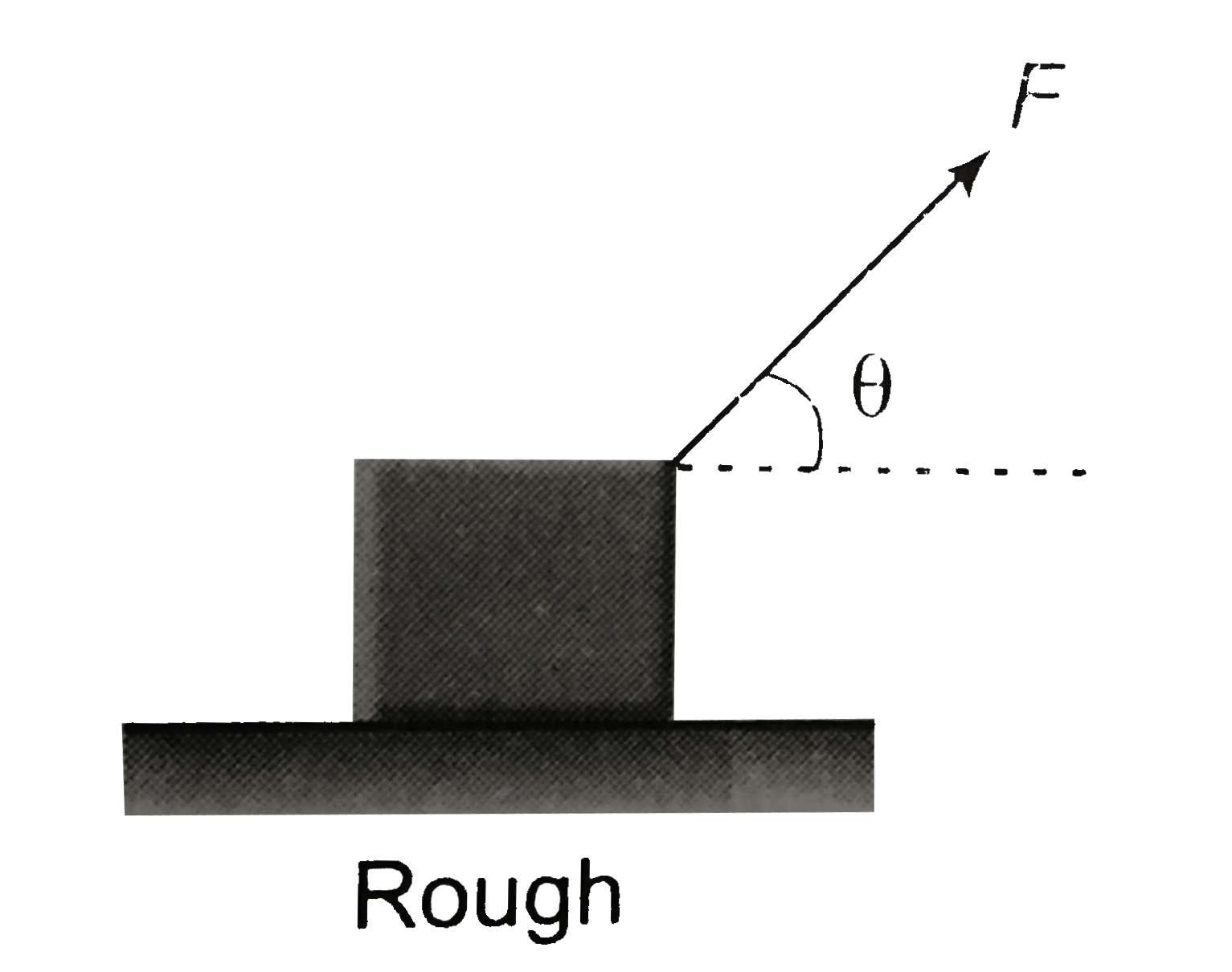The minimum force required just to move a block on a rough horizontal surface is 10 N An applied force of 5 N fails to move the block. What are the values of static friction and dynamic friction ?
Static friction = 5 N Dynamic friction is slightly les than 10 N .
Topper's Solved these Questions
- BOOK - PRADEEPCHAPTER - LAWS OF MOTIONEXERCISE - Advanced problems for competitions20videos
LAWS OF MOTION
- BOOK - PRADEEPCHAPTER - LAWS OF MOTIONEXERCISE - EXERCISES40videos
LAWS OF MOTION
- BOOK - PRADEEPCHAPTER - LAWS OF MOTIONEXERCISE - Curiosity Question1videos
LAWS OF MOTION
- BOOK - PRADEEPCHAPTER - KINEMATICSEXERCISE - 1 NCERT Comprehension4videos
KINEMATICS
- BOOK - PRADEEPCHAPTER - MATHEMATICAL TOOLSEXERCISE - Fill in the blanks5videos
MATHEMATICAL TOOLS
Similar Questions
Knowledge Check
- Question 1 - Select One
The minimum force required just to move a block on a rough horizontal surface is 5N. The block fails to move when a force of 3N is applied on it. Static frition is .
A5NB3NC4NDzero - Question 2 - Select One
A force of 49 N just able to move a block of wood weighing 10 kg on a rough horizontal surface , then coefficient of friction is
A12B14C16D18 - Question 3 - Select One
A minimum force of 7N is required just to move a body on a rough surface What is the value of static friction when a force of 5N is actually applied and there is no movement .
A5NB7NC2ND12N
A force of 98N is just able to move a body of weight 45kg on a rough horizontal surface What are the coefficient of friction and angle of friction ? .
View SolutionA block is sliding on a rough horizontal surface. If the contact force on the block is √2 times the frictional force, the coefficient of friction is
View SolutionA block of mass m is placed on a rough horizontal surface. If minimum force to pull the block is mg2 then coefficient of friction is :
View SolutionA horizontal force of 20 N is applied to a block of 10 kg resting on a rough horizontal surface. How much additional force is required to just move the block, if the coefficient of static friction between the block and the surface is 0.4 ?
View SolutionMinimum force is needed to move a block on rought surface, if θ= angle of friction.
Angle of friction and angle of repose are numerically same.
 View Solution
View Solution

